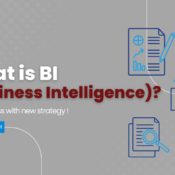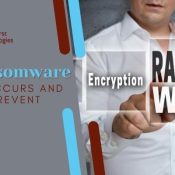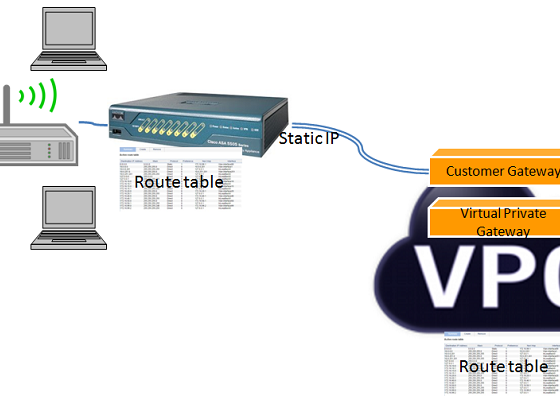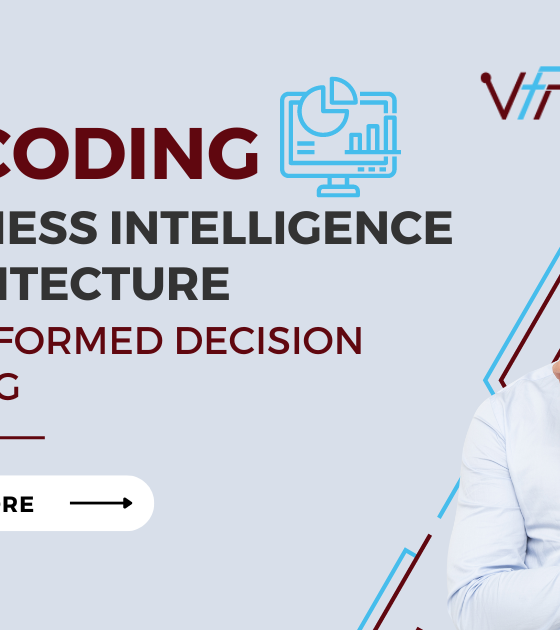Tenets of FIPS
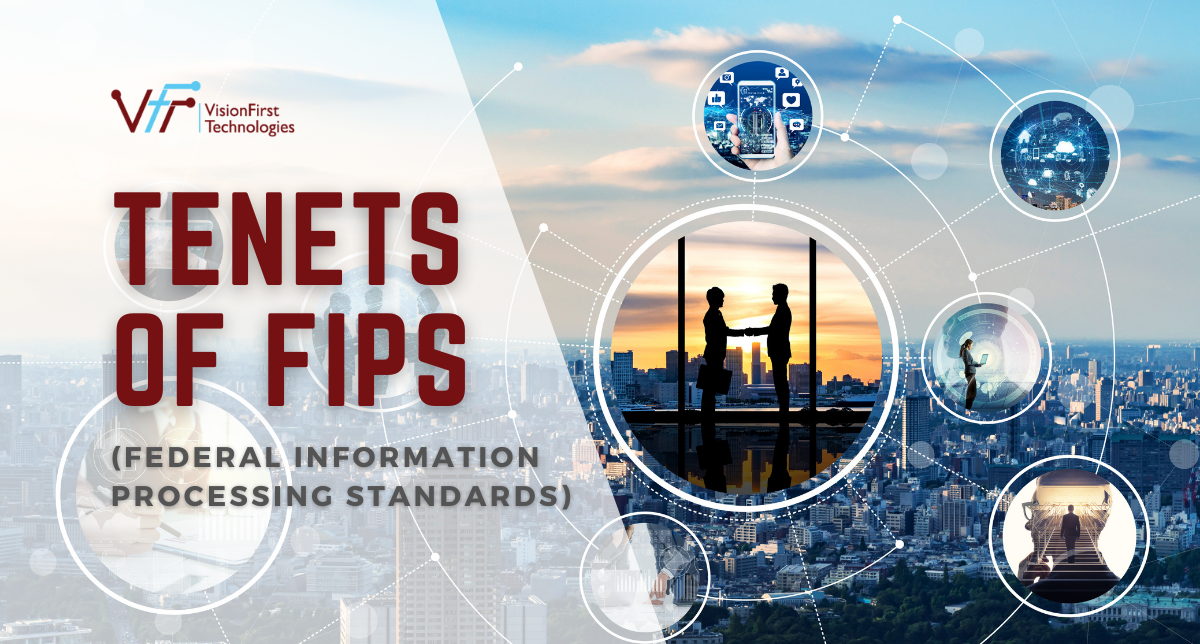
Tenets of FIPS
The Federal Information Processing Standards (FIPS) are guidelines for federal computing and standards developed by the National Institute of Standard and Technology (NIST). They’re in place to ensure security and interoperability and need to be used in computing systems of non-military American government agencies, businesses, and contractors alike.
The severity is quite high since FIPS comes under the Federal Information Security Management Act to reduce information technology risk by bringing down the risk to an admissible level without having to invest high costs for maintenance.
Key Specifications
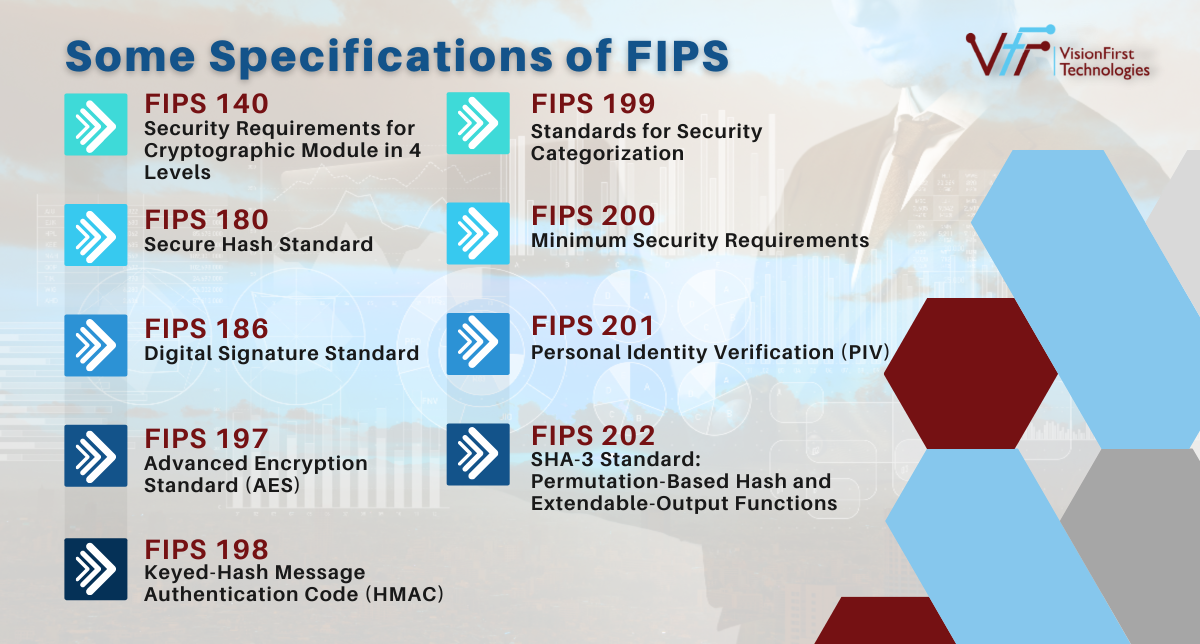
FIPS 140: Security Requirements for Cryptographic Modules
Maintained as a standard for the design and operation of cryptographic modules. This includes algorithms and keys that help with security functions. FIPS 140 aims to describe methods for testing and validating modules and cover the interface and management.
The modules used need to pass tests to ensure they meet the standards and stratify the 4 levels of security.
- The first is the most basic and permits personal functions.
- FIPS Level 2 allows collaboration and multiple access from one operating system.
- Level 3 emphasizes physical security and authenticates identity.
- Level 4 is the most secure, involving tamper detection circuits to detect fluctuations and a trusted OS.
FIPS 180: Secure Hash Standard
They provide hash algorithms with 2 stages- preprocessing and computation. Preprocessing helps determine value, and computation helps generate the final series. After being condensed into a digest, it helps find alterations. These can be used to protect sensitive and unclassified data.
FIPS 186: Digital Signature Standard
These specifications help authenticate digital signatures and then utilize a public related key for verification. The authorized private key generates the signature, which can be verified by anyone using a public key.
FIPS 197: Announcing the Advanced Encryption Standard (AES)
The AES helps protect electronic data and acts as a symmetric block cipher, and makes data unintelligible. This is followed by decryption into plaintext and is mandatory for sensitive information. It works for different combinations or the individual working in software, firmware, and/or hardware.
FIPS 198: Keyed-Hash Message Authentication Code (HMAC)
The specification is mandatory for applications that require authentication via messages. This happens with a Message Authentication Code (MAC) that verifies the source and integrity. They work for challenge-response identification protocols with distinct input and key features unknown to anyone except the sender and recipient.
FIPS 199: Standards for Security Categorization
The standards are essential for Federal Information, which provides management for all programs and consistent reporting on the effectiveness of security practices. They are created based on the effects the organization would face if their privacy and safety have been compromised.
FIPS 200: Minimum Security Requirements
These are the mandatory requirements for Federal Information Systems and protect several aspects while adhering to 17 protection areas such as access control, audit, accreditation, media protection, risk assessment, acquisition, etc.
FIPS 201: Personal Identity Verification (PIV)
Applicable to the employees and partners of the Federation, the standard creates a common yet secure access way and focuses on individual identity authentication. The 3 major components here are the Front-end, Card Issuance and Management, and PIV Relying Subsystems. The organizations can decide the level of security required here.
FIPS 202: SHA-3 Standard: Permutation-Based Hash and Extendable-Output Functions
They are specified for 4 cryptographic hash functions and 2 extendable outputs to verify signatures, derive keys, and generate pseudo-random bits. FIPS 202 can be used for secure hash algorithms and components within cryptographic codes.
Conclusion
The best architecture complying with all FIPS also needs to be effective and check all other boxes, similar to the functioning of cloud-native architecture. They also need to run and support applications to utilize the advantages of the cloud entirely. With such power also comes great responsibility, which might be quite hard to grasp unless offered expert assistance.



